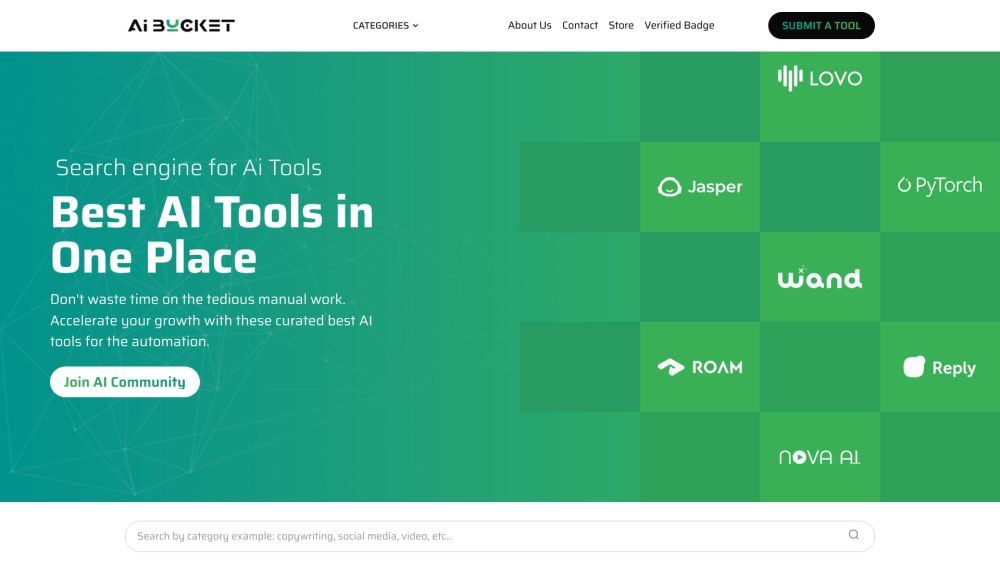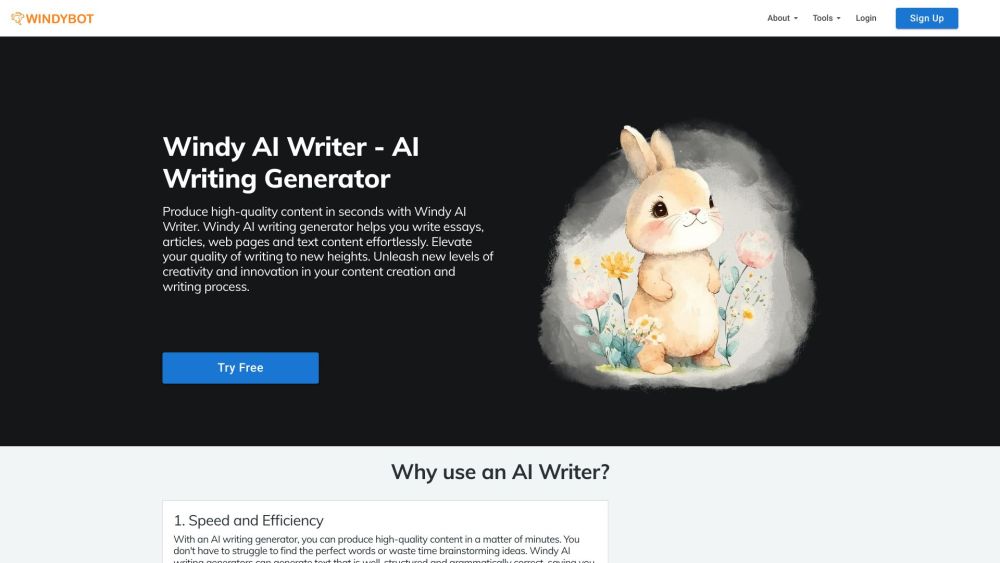The Role of AI in Cybersecurity: Opportunities and Challenges
The “department of no” stereotype in cybersecurity often paints security teams and CISOs as resistant to integrating generative AI tools into their operations. While there are legitimate concerns regarding the technology, many security practitioners have already explored AI and most do not fear it threatening their jobs; rather, they recognize its potential benefits.
According to the Cloud Security Alliance (CSA) and Google Cloud’s State of AI and Security Survey, over half of organizations plan to adopt generative AI security tools by the end of this year.
Caleb Sima, chair of the CSA AI Security Alliance, noted, “The common perception about AI is that everyone is apprehensive. Yet, many see that AI can transform cybersecurity, presenting both exciting opportunities and intricate challenges.”
Increasing AI Adoption and a Disconnection in Understanding
The survey revealed that approximately 67% of security practitioners have experimented with AI for security-related tasks. Furthermore, 55% of organizations are set to incorporate AI security tools this year, focusing on tasks like rule creation, attack simulation, compliance violation detection, network detection, reducing false positives, and classifying anomalies. 82% of respondents indicated that C-suite executives are driving this shift.
Interestingly, only 12% of security professionals believe AI could fully replace their roles. Almost one-third (30%) feel AI will enhance their skill set, while 28% believe it will support their roles, and 24% anticipate it will replace significant aspects of their work. A strong majority (63%) recognize AI's potential to strengthen security measures.
Anton Chuvakin, a security advisor at Google Cloud, remarked, “For some jobs, many are relieved that machines can take over repetitive tasks.” Sima echoed this sentiment, stating, “Most people believe AI is here to augment their roles.”
There's a notable disparity in AI understanding between C-level executives and staff: 52% of executives reported familiarity with AI technologies compared to just 11% of their teams. Similarly, 51% of executives could identify clear use cases for AI, while only 14% of staff had that clarity.
Sima explained, “Most staff simply don’t have the time to delve into AI developments; they are preoccupied with daily challenges while C-suite leaders are inundated with AI information from various channels.”
Harnessing AI in Cybersecurity Today
Currently, the primary application of AI in cybersecurity revolves around reporting. Traditionally, security team members manually compile data from various tools, consuming significant time. “AI streamlines this process, performing it faster and more efficiently,” noted Sima. AI can also automate routine tasks, such as policy reviews and playbook execution.
Additionally, AI facilitates proactive measures like threat detection, endpoint detection and response, code vulnerability identification, and remediation recommendation.
Sima highlighted, “The focus now is on effectively triaging the flood of information and alerts within the security industry,” emphasizing the challenge of discerning which threats are most critical.
AI can quickly analyze incoming emails, assess potential phishing threats, gather pertinent data, and establish credibility within moments—a task that would take a human analyst several minutes to accomplish. “AI now provides near-instantaneous and reliable assessments,” Sima stated.
Executive Enthusiasm Amidst Caution
There is a growing eagerness among leaders to leverage AI in cybersecurity to close skills gaps, enhance threat detection speed, boost productivity, reduce errors, and accelerate incident response. However, Chuvakin cautioned, “We are approaching a point of disillusionment with AI. While substantial resources have been invested, the clarity of use cases remains uncertain.”
The immediate focus is on identifying and demonstrating realistic AI applications that could become benchmark examples by year’s end, potentially transforming perceptions about AI in security.
Despite optimism, 31% of survey respondents acknowledged that AI could provide equal benefits to both defenders and attackers, with 25% believing it may be more advantageous for malicious actors.
Sima explained that attackers often adapt to new technologies much more rapidly, drawing a parallel to cloud technology: “Cloud computing has enabled attackers to operate at a larger scale, allowing for broad targeting rather than isolated attacks.”
AI will enhance attackers’ capabilities, enabling more sophisticated and targeted efforts. For instance, sophisticated AI models could gather information from social media profiles like LinkedIn to create highly convincing phishing emails, making threats more personalized and pervasive.
In summary, while AI presents vast potential for enhancing cybersecurity, it also introduces new risks that organizations must navigate thoughtfully.





